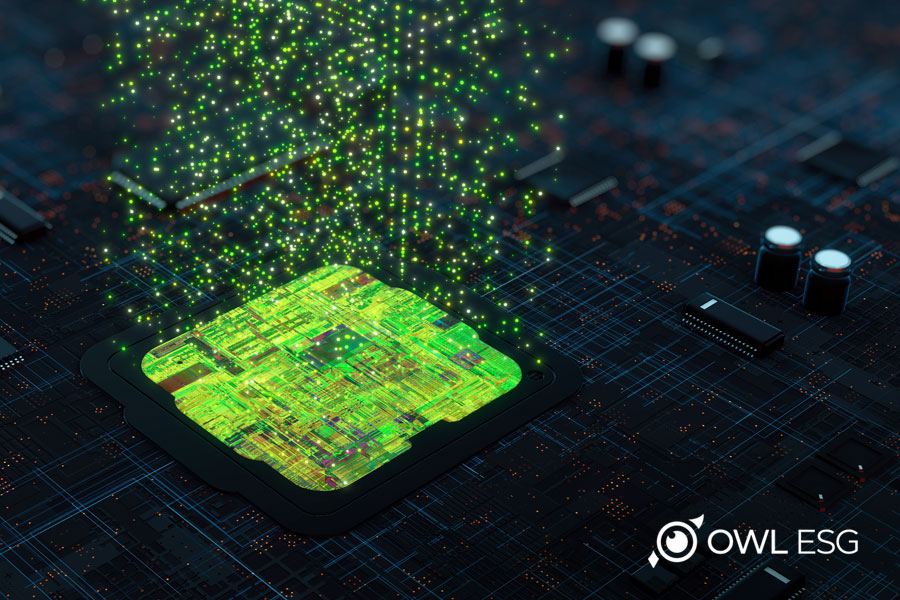Artificial Intelligence (AI) drives innovation across various industries, from healthcare to finance. However, its expanding use raises environmental concerns due to its significant energy demands and large servers, leading to increased carbon emissions and electronic waste. While AI can solve major problems like climate change, its current environmental impact cannot be ignored.
AI’s carbon footprint covers development, maintenance, and disposal. As datasets and models grow, energy demands and greenhouse gas emissions increase. OpenAI researchers note that computing power for training AI models has doubled every 3.4 months since 2012. By 2040, the ICT industry could contribute 14 percent of global emissions, mainly from data centers and communication networks. A 2019 University of Massachusetts study found that training large AI models can produce around 626,000 pounds of CO2, equivalent to 300 round-trip flights between New York and San Francisco.
AI technology contributes significantly to electronic waste, which contains hazardous chemicals like lead, mercury, and cadmium, posing threats to ecosystems and human health. Managing and recycling e-waste is essential to mitigate environmental harm, prompting stricter regulations and ethical disposal practices. AI can help in this process by using machine learning to optimize e-waste collection, improve inventory management, and enhance recycling efficiency.
Self-driving cars and delivery drones can harm wildlife and ecosystems, while automation in industries like e-commerce may increase consumption and waste. Currently, around 50 million tons of e-waste are generated annually, with projections suggesting this could more than double by 2050. Additionally, only about 20 percent of electronics are recycled properly, with the rest ending up in landfills, causing soil and groundwater contamination and posing significant health risks due to hazardous components.
AI in agriculture can also lead to excessive pesticide and fertilizer use, harming soil, water, and biodiversity. OWL’s Deep Research Application shows that Village Farms International Inc. promotes sustainability with high-yield, soil-friendly farming methods. They use beneficial insects and organic pesticides for GMO-free crops. Their Delta greenhouses collect and filter rainwater, use hydroelectric power, and employ energy screens and blackout curtains to minimize environmental impact.
In response, regulations have been established since 1992. For example, the Basel Convention has banned exporting e-waste from developed to developing countries. This ban, extended in 1995 to include EU, OECD members, and Liechtenstein, became effective on December 5, 2019, with 98 countries ratifying it.
In 2023, AI regulation gained prominence in the U.S. with President Biden’s executive order mandating transparency from AI companies and introducing new standards for AI-generated content. However, some researchers criticize this reactive approach, advocating for preventive measures to mitigate AI-related harms.
Efficiency in AI systems can be enhanced by optimizing hardware and algorithms to reduce energy consumption. Ensuring transparency and accountability is vital, with stakeholders urged to provide relevant data for assessing environmental impact. Governments must enforce standards for ethical AI practices, while collaboration among businesses, academics, and policymakers should focus on sustainable technological advancements.
